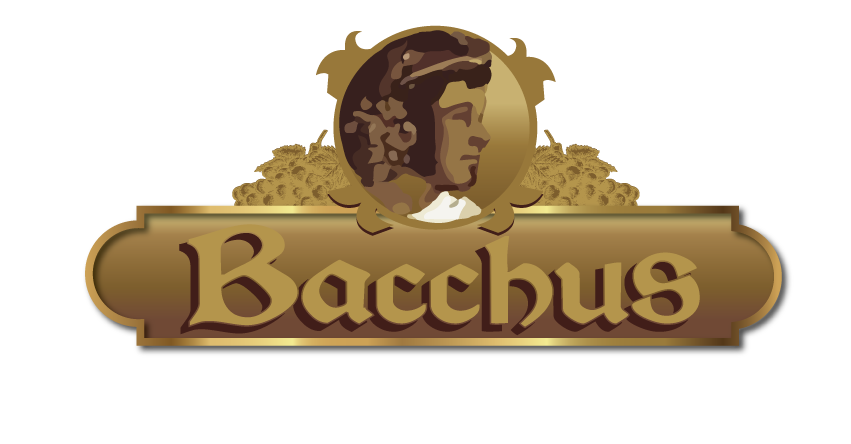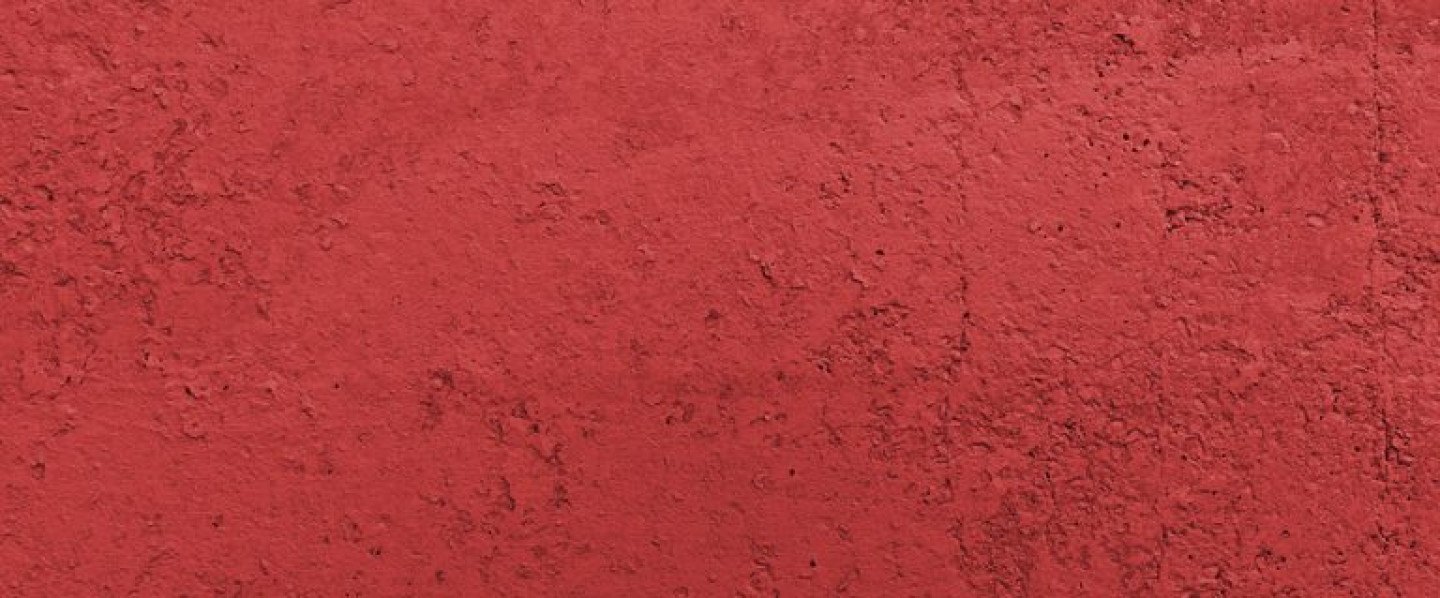Follow Us x
"LET'S MAKE WINE TOGETHER"
Bacchus Winemaking Club offers the unique experience of creating your own world class wine. The winemaking sessions are broken into four 1-hour sessions. From start to finish, you will join with friends, family, or colleagues to participate in these hands-on winemaking sessions. We offer 2 seasons to make your wine, California Season from September - November, and South American Season from April- May. We use only California's finest, premium grapes from AVA's (American Viticultural Areas), such as Napa Valley, Sonoma, Santa Cruz Mountains, Amador County, Sierra Foothills, Lodi/ Woodbridge, as well as Chile & Argentina in the spring. Using state-of-the-art equipment, you will learn all the techniques - from crushing and de-stemming of grapes, to wine pressing, fermentation, removal of sediment and bottling.
Experience America's most prestigious, new, "gourmet hobby" at the Bacchus Winemaking Club. Learn from our Master Winemakers - and become one yourself!
OUR PROCESS
Session #1 & #2
During your first two visits scheduled between September 1 and November 1, you learn how to crush and de-stem grapes and commence primary fermentation. Activities also include adjustment of must, wine-pressing, and preparation and filling of barrels. From the date you crush your grapes you will return exactly 1 week later to press your wine.
Session #3
The 3rd session which is scheduled between January and February includes racking of wine, removal of sediment, and topping off of barrels.
Session #4
Your work is complete! Now it is time to bottle your wine, paste on your customized labels and enjoy the fruits of your labor. Wine bottling scheduled May- August.
Fall Season California Winemaking
Make wine from the high quality regions in South America including Mendoza, Argentina & Curico Valley Chile in May and June.
Here you will have the opportunity to make the amazing Malbec from Argentina or the fantastic Cab's and Merlot's from Chile. Availability differs from season to season! Find out more information by calling (732)505-6930.
GRAPES TO CHOOSE FROM:
SANTA CRUZ MOUNTAIN
The Santa Cruz Mountains, south of San Francisco, are favored for the cool and marine-influenced climate. Specializing in Pinot Noir.
LODI REGION
The Lodi Woodbridge District typically produces softer wines with ageability between three to five years.
Cabernet Sauvignon
Old Vine Zinfandel
Petite Sirah
Merlot
Montepulciano ( Subject to Availability)
WHITE WINES
Chardonnay
Luna (50% Chardonnay 50% Pinot Grigio)
Chenin Blanc
White Symphony (70% Chenin Blanc 30% French Colombard)
Viognier
Pinot Grigio
Sauvignon Blanc
NAPA VALLEY
Napa Valley in California produces wines of the highest quality with a strong history and track record. The best wines in the world are coming out of this amazing region.
Cabernet Sauvignon
Merlot
ALEXANDER VALLEY CABERNET SAUVIGNON
Elegant style Cabernet with upfront fruit characteristics and soft tannins. Recommend blending with Merlot. 10 to 20 months in barrel recommended.
AMADOR REGION / SIERRA FOOTHILLS
The Amador & the Sierra Foothills with its higher tannin and intense wines produces wine's ageable for approximately four years or more depending upon varietal.
Barbera
Cabernet Franc
Cabernet Sauvignon
Merlot
Sangiovese (Brunello Clone)
Syrah
Zinfandel
Pinotage
Recomended Blends
Chateauneuf du Pape (Grenache/Cab/Syrah)
Meritage (Zin/Petite Sirah/Carignane)
Vino da Tavola (Italian Table Wine)
DESSERT WINE - Lodi & Sierra Foothill Regions
Muscat
Riesling
* Dessert wine yields approx 120 (375 ml) bottles.
* Dessert wine includes everything except the required ABC winemaking licences.
RECOMMENDED SIERRA FOOTHILL BLENDS
Bordeaux Style "Meritage" (Cab/Merlot/Cab Franc)
Barbera/Petite Sirah or Syrah (80/20)
Cabernet Sauvignon/Cabernet Franc
Cabernet/Merlot (80/20)
Cabernet/Merlot/Syrah (50/30/20)
Cabernet/Sangiovese (70/30)
Cabernet/Syrah (70/30)
Merlot/Cabernet (80/20)
Syrah/Cabernet (70/30)
Sangiovese/Cabernet (70/30)
Sangiovese/Merlot (70/30)
Sangiovese/Syrah (70/30)
Spring Winemaking Season
Malbec
Malbec has characteristics that fall somewhere between Cabernet Sauvignon and Merlot. A midseason ripener, it can bring very deep color, ample tannin, and a particular plum-like flavor component to add complexity to blends
Cabernet Sauvignon
Cabernet sauvignon is known for its deep flavor and aroma. It is full bodied and intense, sometimes with herbal or fruit flavors. Some flavors that can best describe Cabernet Sauvignon are black berry, cassis, and raspberry.
Carmenere
Carmenere is prized for both its depth of color and flavor that can range from herbal to gamy and add complexity and interest to blends. Carmenere was imported to South America in the 1850s, along with other Bordeaux varieties.
Cabernet Franc
Cabernet Franc share many of the phenolic and aroma compounds as Cabernet Sauvignon but with some noticeable differences. Cabernet Franc tends to be more lightly pigmented and produces wine with the same level of intensity and richness. Cabernet Franc tends to have more pronounced perfume with notes of raspberries, black currants, violets and graphite. It has slightly less tannins that Cabernet Sauvignon and tends to produce a wine with smoother mouth feel.
Merlot
Merlot make beautiful wines that are medium to dark red in color; have a fruity complexity highlighting cherry and blackcurrant flavors. Merlot generally has lower tannins that Cabernet Sauvignon and comes across rounder and a bit sweeter.
Syrah
Syrah forms intense wines with deep violet, nearly black color , chewy texture and richness, and often-alcoholic strength, with aromas that tend to be more spicy and fruity.


